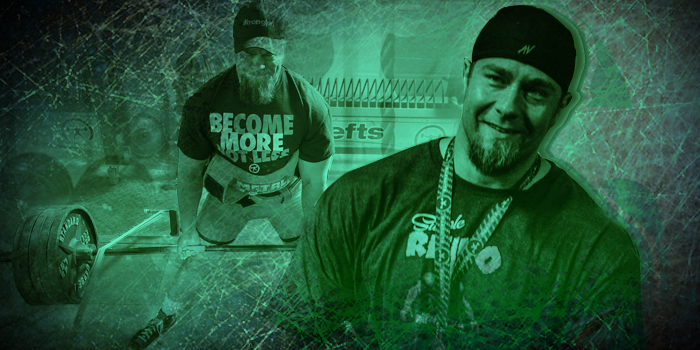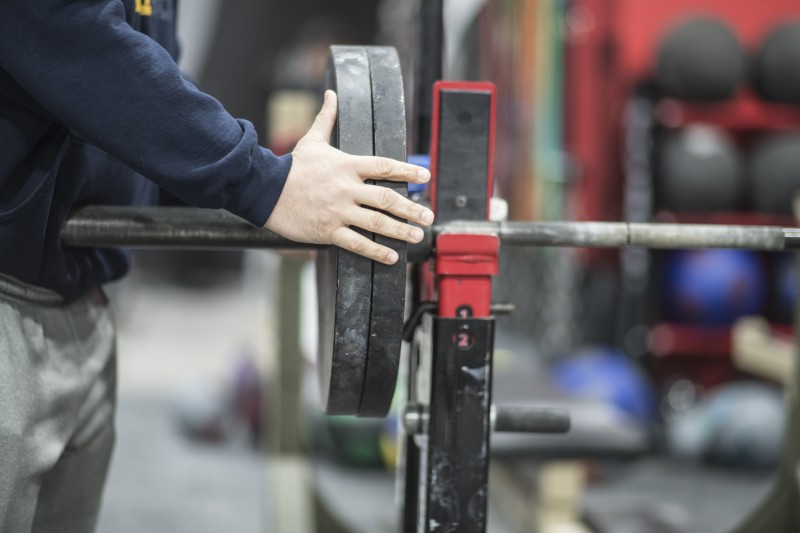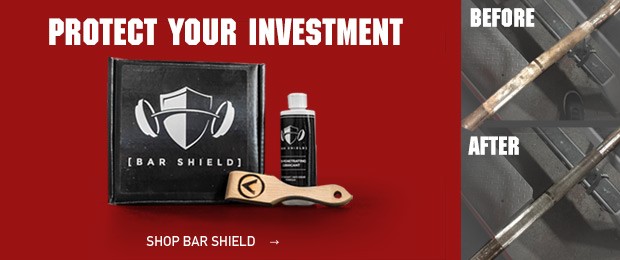
Time off from training can be great, but sometimes it is needed when you don't want it to be. After making some difficult life decisions recently, training had to take a backseat for me. My career was off in a new direction and I jumped in at the busiest time of year. I found myself with little time, energy, or motivation to train. Coupled with high-stress levels, I made the decision to not even go to the gym for three months. I am now trying to get back on the wagon.
RECENT: Simple Steps to Reaching Your Ultimate Goals
Taking three months off was depressing. I felt that everything I had worked hard to build over the last 17 years was slipping away. It was the longest layoff I have taken off since I started powerlifting back in 2000. There were things I could have done, but I didn’t. I was exhausted and some nights could barely keep my eyes open. Now that my schedule has cut back from 58-60 hours a week to 48 and the workload has lessened, I’m in a place I can start training again. My motivation is still lacking but I have to start somewhere. These are the keys to getting back on the wagon.
Do something.
Getting started is one of the hardest parts of getting back on the wagon. Know that you are weaker and probably fatter than you were before you stopped. It is where you are now and you have to do something to move forward. Don’t worry about optimal training session, the perfect schedule, or even missing a few workouts. Find something that you enjoy and do it. You can worry about the details later. Move, get in the habit of moving, and gain some momentum. Take a few weeks to just go to the gym, even if it is 15 minutes of arm work. Get through the door. Try to be a little better each week. As you gain some steam, things will fall back into place. Stay the course and don’t try to recover your strength in two weeks. It isn’t going to happen.
Are you down with GPP?
Time off will have you out of shape, and you need to be in shape to train hard. Now that you've started doing something, make sure you are pushing your general physical preparedness. Your base needs to be big. If you do this when it is time for meet prep you will be able to actually train. Grab the sled or Prowler and get outside. Carry a medicine ball for half a mile, jump rope, or do any other general conditioning work. This should be done a few times a week. GPP is the perfect place to start and will also keep you away from comparing old personal records to where you are currently.
Stay away from the numbers.
In case you didn’t know, you are weak right now. Doing certain exercises will tell you exactly how weak you are and that will be very frustrating. If you use special exercises, pick ones that help you build your main lifts. Do not measure where you are now against where you were. Give yourself 12 weeks and then retest. Reset all your records. Get back to breaking them by five pounds and move forward. Long-term progress building over months is what you need. Do not try to regain every inch back in the next few weeks. It won’t happen and you will end up injured or overtrained. Push the assistance work and in a few weeks, you will see things start to change.
Do extra workouts.
You are out of shape, but you already know that. You are pushing the GPP and working to get back in shape. Your main workouts may be limited on time and frequency. To make up some ground, add in some extra workouts. These can be done multiple times a day without being detrimental. This isn’t one of those squat-every-day recommendations; I am talking about 15 to 20 minutes of isolation work. You will be able to bring blood into the area, add some extra volume, and cover anything you missed. Extra ab work is always recommended in these sessions. They should be nearly nonstop and not detrimental to your next training session.
Don’t skip torso training.
Ab work and low back work are not terribly fun. Do it anyway. Your torso work will keep you safe and help you get back to breaking records. Extra ab work can be added to extra workouts and reverse hypers can be done as a warm-up on upper body days. Your abs and low back can’t be too strong. They will work together and both must be strengthened. This can’t be done all at once but should be systematically built over time.
Have fun.
This should be a given. My training was far from fun during the second half of 2017. I am trying to find ways to make it fun. Reducing training times and increasing frequency will keep the workouts from dragging. If you start to go through the motions after three exercises, break it off and do something else later. Add in strongman implements, kettlebells, total body workouts, or anything else to make it more enjoyable. This might be the most important piece of the whole puzzle.
I had my own reasons for taking time off. Most of it was necessary. Now the long road back begins. How long will it take? I don’t have an answer. I just look for progress. As long as I am moving forward, I will be fine. My goals are to be back near 100% in six months. Only time will tell.












Thank you